The 300-acre circle in the middle of the desert is enigmatic: It is producing 500,000 MW. It is a solar energy and melts salt to produce electricity.
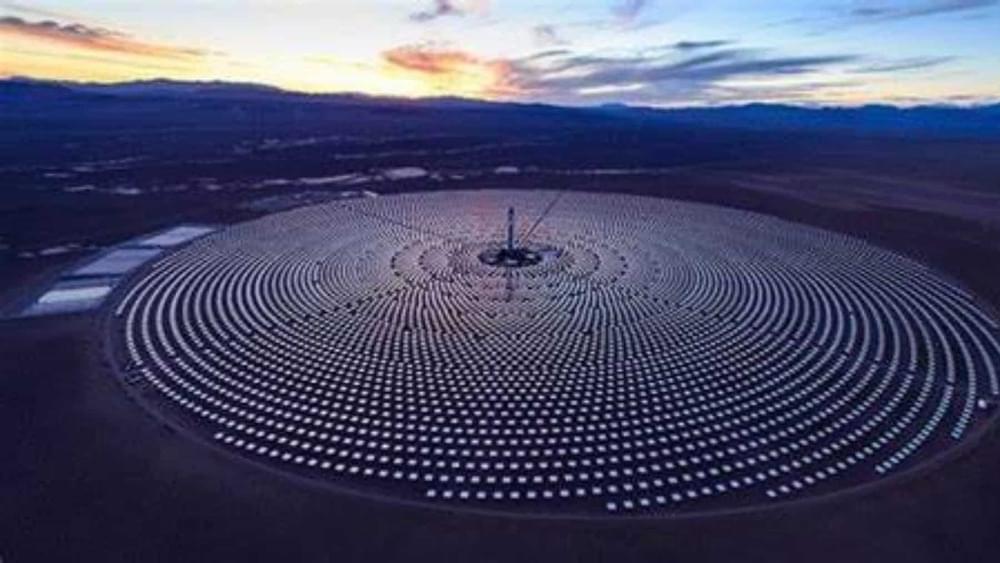


Readily available thermoelectric generators operating under modest temperature differences can power CO2 conversion, according to a proof-of-concept study by chemists at the University of British Columbia (UBC).
The findings open up the intriguing possibility that the temperature differentials encountered in an array of environments—from a typical geothermal installation on Earth to the cold, desolate surface of Mars—could power the conversion of CO2 into a range of useful fuels and chemicals.
“The environment on Mars really got me interested in the long-term potential of this technology combination,” says Dr. Abhishek Soni, postdoctoral research fellow at UBC and first author of the paper published in Device.
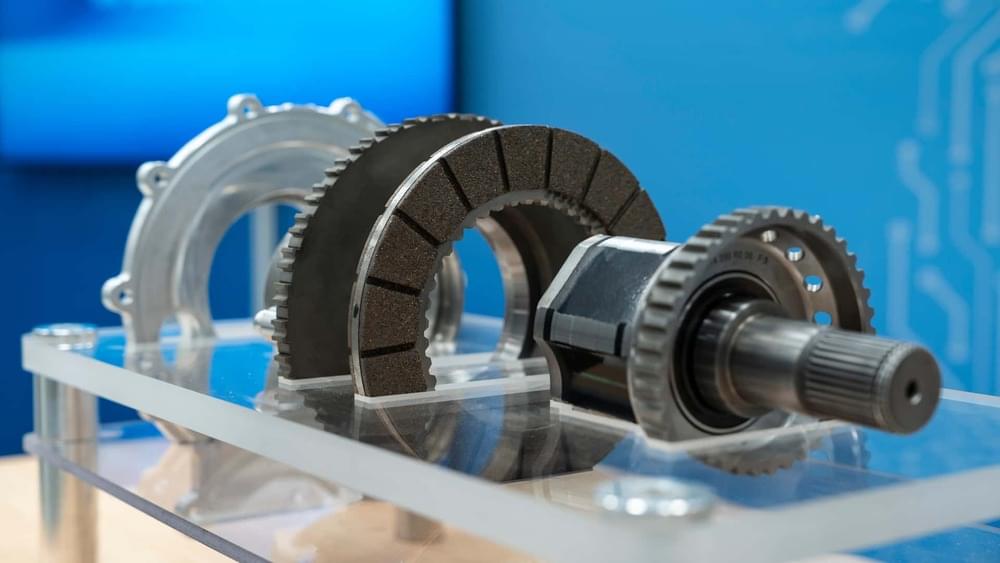
In the simplest terms, nearly every modern car on the planet uses disk brakes: a rotor attached to a hub with a caliper with brake pads fixed to the control arm at each wheel. The driver presses the brake pedal and hydraulic fluid is pushed down the brake lines into the caliper, expanding the pistons and pushing the brake pads against the rotor, slowing down the rotation of the rotor connected to the hub, thus slowing down the wheel.
There are other systems, like drum brakes, air brakes, band brakes, the Flintstones method, et cetera, that have also been around since the dawn of the automotive industry. The concept almost always remains the same: using friction to slow down. And so it doesn’t go unsaid, yes, there are compression brake systems as well, but that’s entirely different.
Mercedes-Benz has put a new spin on an age-old concept with what it calls “in-drive brakes” for electric vehicles. The system being developed at the company’s research and development department in Sindelfingen, Germany, integrates the brakes right into the drivetrain, in an arrangement that works very much like a transmission brake. It resembles clutch plates – but with a unique twist.

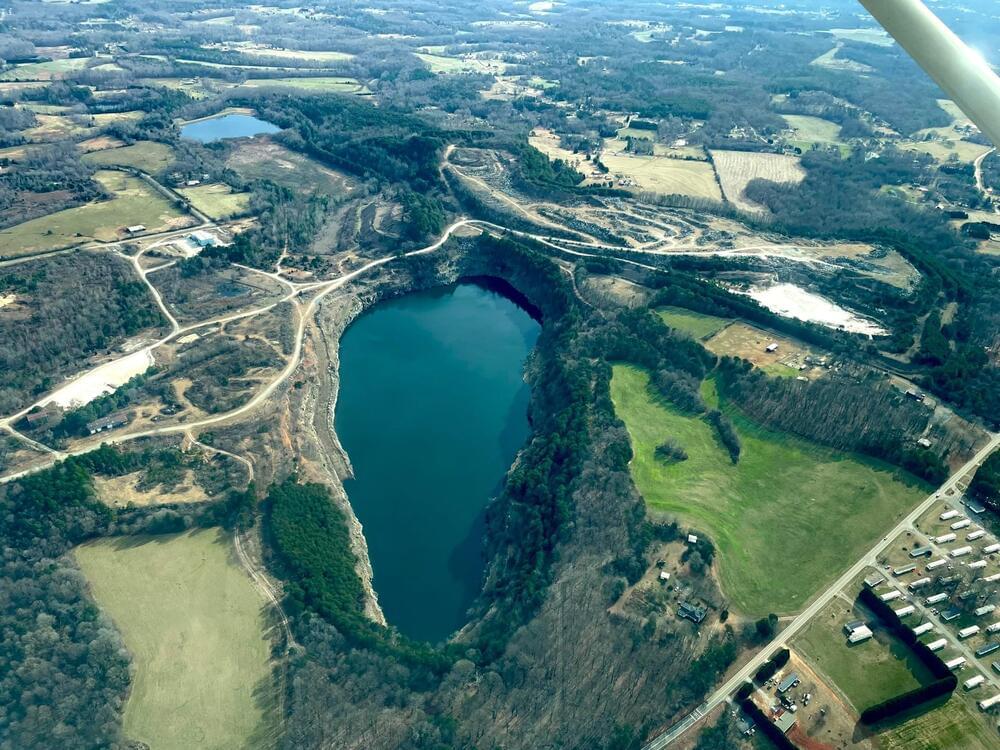
A study reveals that while levels of common contaminants are low, other elements are found in high concentrations in waters associated with an abandoned lithium mine.
A new study suggests that lithium ore and mining waste from a historic lithium mine west of Charlotte, North Carolina, are unlikely to pollute nearby waters with common contaminants like arsenic and lead.
However, high levels of other metals — namely, lithium, rubidium, and cesium — do occur in waters associated with the mine.

Researchers have discovered a way to recycle the tiny particles used to create supraparticle lasers, a technology that precisely controls light at a very small scale. The breakthrough could help manage these valuable materials in a more sustainable way.
Supraparticle lasers work by trapping light inside a tiny sphere made of special particles called quantum dots, which can absorb, emit, and amplify light very efficiently.
They are made by mixing quantum dots in a solution that helps them stick together in tiny bubbles. However, not all attempts succeed, and even successful lasers degrade over time. This leads to wasted materials, which can be expensive.
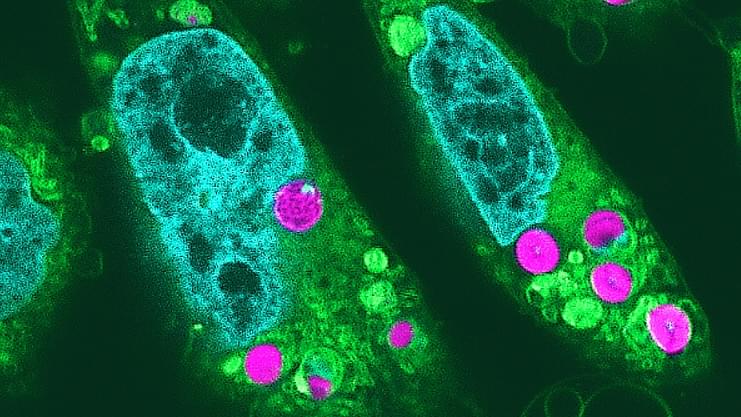
The ability of plants to convert sunlight into food is an enviable superpower. Now, researchers have shown they can get animal cells to do the same thing.
Photosynthesis in plants and algae is performed by tiny organelles known as chloroplasts, which convert sunlight into oxygen and chemical energy. While the origins of these structures are hazy, scientists believe they may have been photosynthetic bacteria absorbed by primordial cells.
Our ancestors weren’t so lucky, but now researchers from the University of Tokyo have managed to rewrite evolutionary history. In a recent paper, the team reported they had successfully implanted chloroplasts into hamster cells where they generated energy for at least two days via the photosynthetic electron transport process.
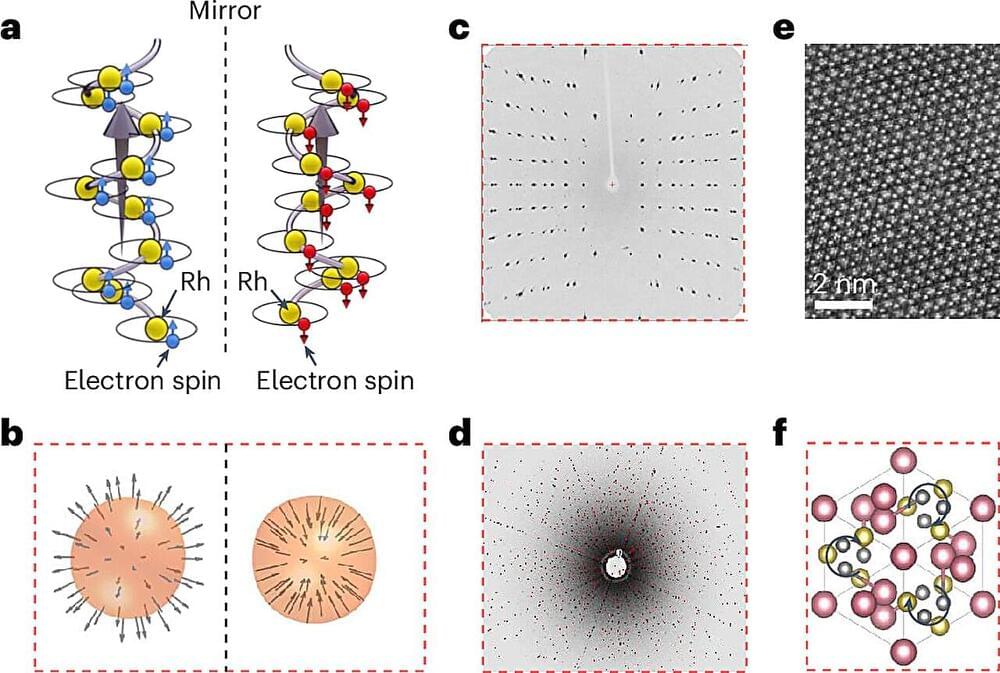
Water splitting—breaking water molecules into hydrogen and oxygen—is a promising pathway to sustainable energy. However, this process has long been challenged by the slow chemical kinetics of the oxygen evolution reaction that make hydrogen production inefficient and costly.
An international research team has now uncovered a solution. By using special crystals with unique intrinsic “chiral” structures—meaning they have a distinctive left or right-handed atomic arrangement—researchers have dramatically improved the water splitting process.
The findings are published in the journal Nature Energy.

Researchers at Tokyo University of Science have developed a solar cell-based optoelectronic device that mimics human synapses for efficient edge AI processing.
Artificial intelligence (AI) is becoming increasingly useful for the prediction of emergency events such as heart attacks, natural disasters, and pipeline failures. This requires state-of-the-art technologies that can rapidly process data. In this regard, reservoir computing, specially designed for time-series data processing with low power consumption, is a promising option.
It can be implemented in various frameworks, among which physical reservoir computing (PRC) is the most popular. PRC with optoelectronic artificial synapses (junction structures that permit a nerve cell to transmit an electrical or chemical signal to another cell) that mimic human synaptic elements are expected to have unparalleled recognition and real-time processing capabilities akin to the human visual system.
However, PRC based on existing self-powered optoelectronic synaptic devices cannot handle time-series data across multiple timescales, present in signals for monitoring infrastructure, natural environment, and health conditions.

Discovery enables manufacturing of ultrathin solar panels, advanced optoelectronics.
By creating a new way for light and matter to interact, researchers at the University of California, Irvine have enabled the manufacturing of ultrathin silicon solar cells that could help spread the energy-converting technology to a vast range of applications, including thermoelectric clothing and onboard vehicle and device charging.
The development, subject of a paper recently published as the cover story in the journal ACS Nano, hinges on the UC Irvine researchers’ conversion of pure silicon from an indirect to a direct bandgap semiconductor through the way it interacts with light.